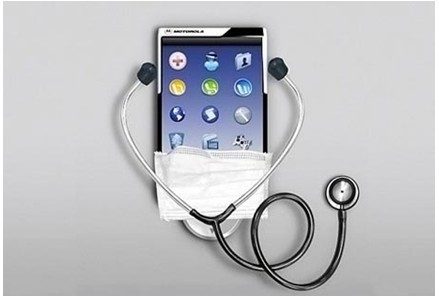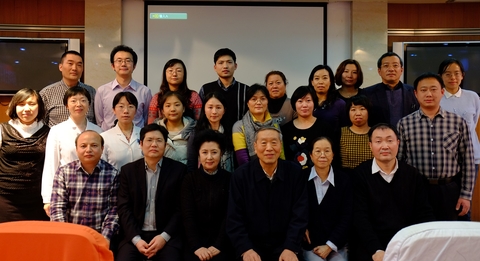
Mobile technology boosts clinical research
Mobile technology is experiencing rapid development in China. In the healthcare industry, mobile information and communication systems have been playing an increasingly important role in supporting the implementation of clinical research.
One good example is the THAT trial conducted by the George Institute for Global Health (Telmisartan and Hydrochlorothiazide in Antihypertensive Treatment). The THAT Study used Electronic Data Capture (EDC), a system based on mobile devices, which was jointly designed and developed by The George Institute for Global Health at Peking University Health Science Center (TGI@PUHSC) and Peking University People’s Hospital. This system helped save time in paper-based survey data input, improved the efficiency and accuracy of patient data collection and surveillance by doctors, and allowed researchers to have a more comprehensive understanding of the process of the study.
The THAT study was funded by The National Science-Technology Support Plan of the Ministry of Science and Technology as part of the 12th Five-Year Plan. Its aim was to compare the antihypertensive efficacy and safety of monotherapy with a routine dose of the angiotensin receptor antagonist telmisartan (ARB) and the diuretic hydrochlorothiazide (HCTZ) in high sodium intake patients with mild to moderate hypertension. The study was a 1-year multicenter randomized double-blinded parallel controlled trial projected to enroll 1300 eligible patients with essential hypertension from 14 local county-level hospitals in Hebei province. After a baseline survey, all patients were randomized to the ARB group or HCTZ group. Healthcare workers will conduct 3 follow-ups of each patient in the next 2 months to ensure medication compliance, collect relevant data on blood pressure and evaluate the efficacy of blood pressure control and the safety of the medicines.
Associate Professor Puhong ZHANG from TGI@PUHSC described the progress of the study at an interim report meeting held in November, 2014. According to Prof. ZHANG, the study had completed enrollment of 1411 patients in total and carried out their follow-up. All site work was expected to be finished before 2015 Chinese New Year. Meeting participants spoke highly of the real world performance and efficacy of the mobile EDC (mEDC) system developed by the THAT research team. Its functions included: recording materials transfer and management; setting permissions for different investigators, supervising recruiting, grouping, information collecting for each visit, recording adverse events, examination of data validity, logic analysis, follow-up reminders and warnings, evidence collection (photos of patients, drugs and samples), procedures and responsibilities for each visit, and study process reports. The system’s strength in progress control, process simplification, cost reduction and quality improvement was impressive, according to the end users in the field..
Prof. ZHANG said that the rapid expansion of mobile technology in China has provided a great opportunity for the further development of mEDC as paperless upload and download of research information is no longer a barrier. mEDC is expected to increasingly replace traditional EDC in the future and dramatically improve the efficacy and quality of clinical research.
The concept of mEDC, after being applied successfully to THAT study, has also been adapted to other studies conducted by the Institute, for example, the RECOVER study which focuses on improving the rehabilitation of stroke patients in rural China. We also expect that in the coming future, mEDC can enlarge its impact and tackle the problems of healthcare service by integrating with the fast developing mobile technology, and thus contribute to the evolution of healthcare.

